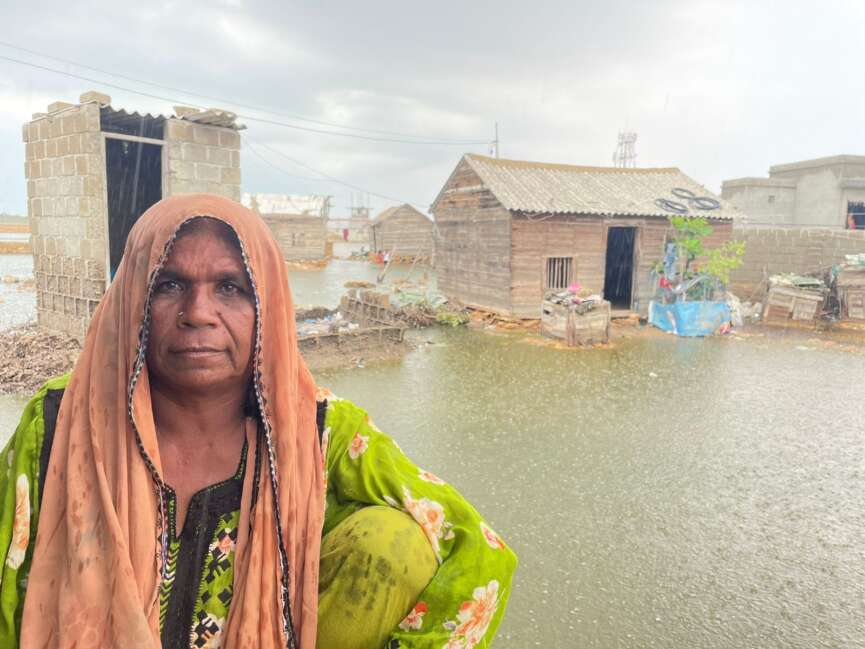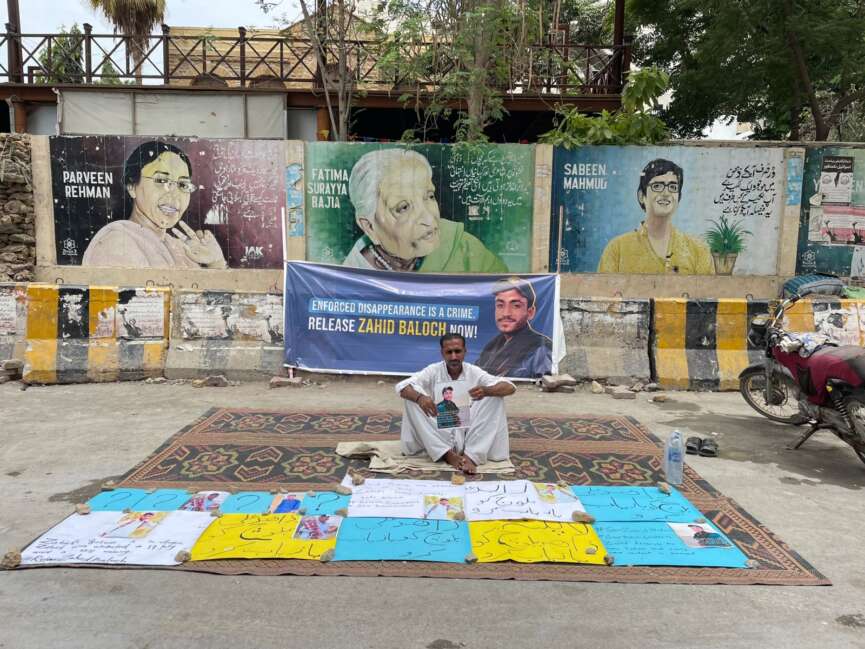On the morning of 19 August 2025, as Karachi drowned under torrential rain, 50-year-old Sabzi stood by the doorway, her chadar wrapped tightly around her head. The water was rising inside her home, but her eyes were fixed elsewhere. That date 19 August, was carved into her mind. It was the day she had to…





